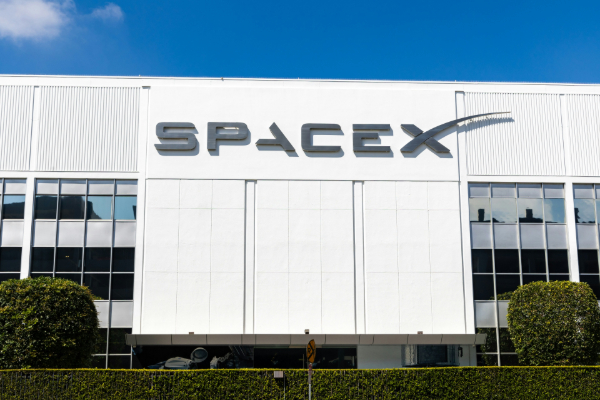The Federal Aviation Administration (FAA) has authorized SpaceX to proceed with the ninth integrated test flight of its Starship rocket, following a detailed safety review of the vehicle’s previous launch, which ended in an in-flight breakup over the Atlantic and Caribbean regions.
Flight 9 is now targeting launch as soon as Tuesday, May 27, with the window opening at 6:30 p.m. Central Time. A live webcast of the mission will be available roughly 30 minutes before liftoff on the SpaceX website, as well as on the company’s official X account (@SpaceX) and the X TV app. As with all developmental flight tests, launch times remain fluid and subject to change due to weather and technical readiness. Viewers are encouraged to monitor official SpaceX channels for updates.
FAA Expands Safety Measures After March Mishap
The launch follows the FAA’s investigation into the March 6 test flight (Flight 8), which ended prematurely when Starship disintegrated minutes after launch. Debris was seen across Central Florida, the Bahamas, and nearby Caribbean islands. The FAA temporarily halted flights at several airports, including Orlando International Airport, to ensure public safety.
In response, the FAA conducted a comprehensive mishap investigation and required SpaceX to implement several corrective actions before any future launches. One major change includes a significantly expanded hazard area, now extending 1,600 nautical miles from SpaceX’s Starbase facility in South Texas across Florida to the Bahamas and Turks and Caicos Islands. Additionally, the FAA has mandated that future launches be scheduled during off-peak air travel periods to minimize disruption to commercial aviation.
Major Milestones and Hardware Upgrades in Flight 9
This upcoming test marks the first-ever reflight of a previously launched Super Heavy booster, which was initially flown during Flight 7. After that mission, the booster underwent extensive inspections and hardware assessments. While some single-use components, such as ablative heat shielding, have been replaced, a large majority of the rocket’s structure and 29 of its 33 Raptor engines remain flight-proven.
The reusability milestone is a central objective of the Starship program, with future versions of the booster intended to support multiple flights per day. SpaceX notes that lessons learned from the first refurbishment cycle have been critical in guiding improvements in hardware durability and maintenance.
Flight 9 also introduces a number of upgrades to increase vehicle reliability, as informed by the Flight 8 mishap investigation. SpaceX has published a technical summary of those findings, detailing changes made to both software and hardware systems.
The Starship upper stage is expected to follow a suborbital trajectory, with objectives including payload deployment for the first time, and multiple reentry experiments designed to test systems needed for eventual recovery and reuse. These include efforts to move closer to the long-term goal of returning Starship to its launch site for catch and refurbishment.
Looking Ahead
Although an exact launch date remains subject to last-minute adjustments, Flight 9 marks a pivotal moment in SpaceX’s quest to develop a fully reusable orbital launch system. With FAA approval secured and hardware milestones in place, this test flight will provide valuable data for future missions and bring the company a step closer to enabling long-duration space travel and interplanetary missions.
Stay tuned to @SpaceX on X and the SpaceX website for the latest updates.







Comments